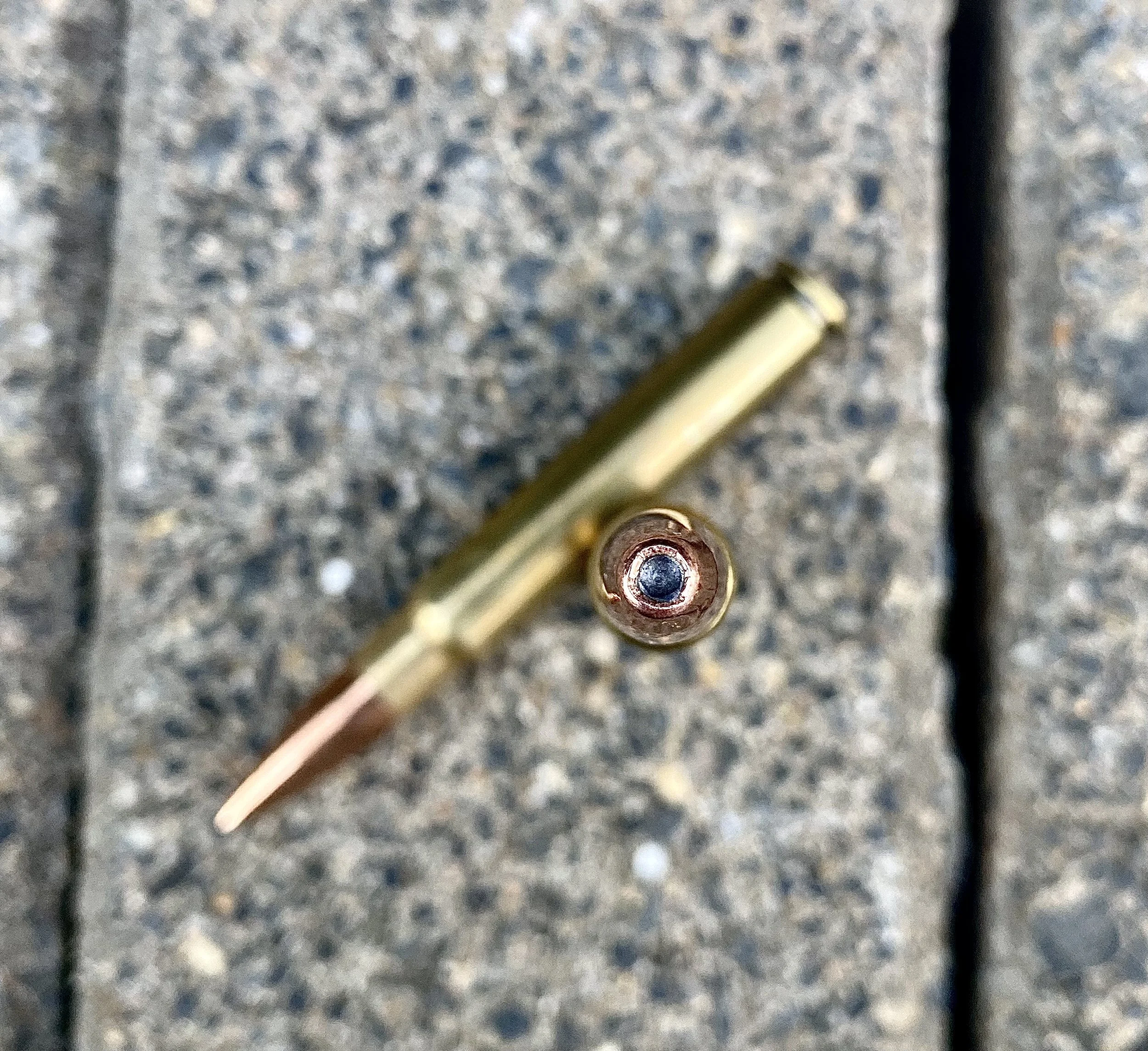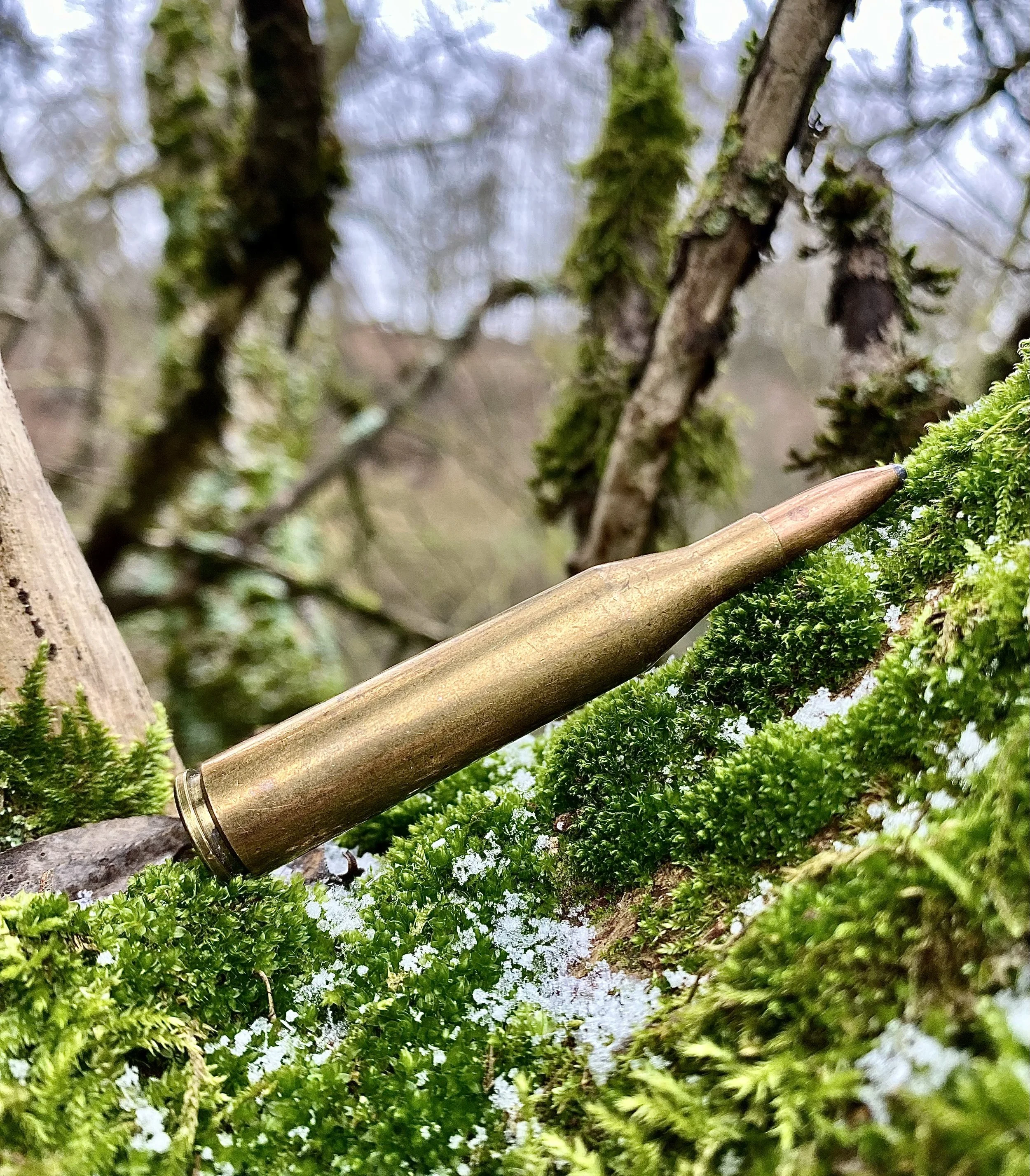Aging Bucks by Body Traits
Gauging the age of a wild buck deer isn’t as easy as counting antler tines. As detailed in this article on this website, you can't depend solely on antler size when visually aging bucks. A 4x4 rack does not indicate a 4-year-old buck. Neither does a wide, tall rack. Bucks as young as 2.5 have, rarely, grown antlers large enough to make the B&C book.
Big deal. All that proves is that they had the genetic potential to grow even larger racks in another year or two. Why? Because no whitetail, mule deer or blacktail can grow its biggest antlers until at least 4.5 years old. They might have the genetics for big antlers, but until fully mature at 4.5 years, they are still filling out their skeletons and body mass. Once that's accomplished, they can borrow (via a type of osteoporosis) calcium from their bones to grow their largest antlers.
The few 3.5- and 2.5-year-old whitetails that have been shot with genuine B&C trophy racks atop their young heads are genetic freaks. You definitely don’t want to shoot those before their time. If they can amass 180 inches of antler when immature, imagine what they might produce when fully mature! Of course, passing up a shot at any free-range buck wearing 180-inches of external bone takes more self-control than I probably possess (and I don't think I'm alone here.) This explains in part why so few bucks ever show up wearing world class antlers. We shoot them too soon. But together we hunters can begin to change that, and here's how:
Aging Bucks to Prevent Premature Harvest Promotes Large Antlers
To increase the number of heavily-antlered bucks in any wild herd, we should try to shoot only 4.5-year-old and older bucks -- big, fat, strong, mature bucks that have the age to maximize their genetic antler potential. The vast majority still won't make B&C, but they'll carry the kind of antlers most hunters would be tickled to hold. To identify these mature deer and avoid shooting a too-young buck, forget the antlers and study the body. Here are some traits to look for when aging bucks:
The size and bulk of this prime 3.5-year old buck is clear when compared to the does and fawns he's courting. His antlers hardly measure up to his body mass, however. Next year they could enlarge significantly.
Six Keys For Aging Bucks
Leg to body ratio. Bucks older than 4 years appear to have legs rather short compared to their trunks. Study nearby does or young bucks with slim, graceful legs and bodies for comparison. An old buck’s legs aren’t any shorter. It’s chest and belly have just gotten deeper.
Chest and belly size. After age 4, a buck’s belly no longer tapers behind his chest/brisket. It bulges and extends level with or even below the brisket. A 3.5 year old buck will sport a deep, massive chest and a narrow waist, much like a young human body builder. At age 5 and beyond, they keep the massive chest, but gain a pot-bellied look, too. This, however, can change during the rut if they're not eating much.
Neck size compared to brisket. This varies by time of year, too, but by November a mature buck’s neck has swollen so much that it appears to emerge evenly with its chest/brisket. The brisket itself on an old deer seems to protrude farther in front of its forelegs than do younger buck’s. Seen head on, a fully mature buck’s neck in November should remind you of an NFL lineman’s (minus the shoulder pads.) Its head should appear too small for the massive, bulging neck.
Face. The narrow, slim, long-nosed look of youth is gone from most old buck’s faces. If the nose looks broad and short, perhaps even “Roman nosed,” chances are it’s an older deer.
Jowls. Just as old men often develop sagging jowls below their jaws, so do bucks. Look for sagging skin below the jaw as a sign of an old, old buck. This is best seen in profile from eye level.
Fat, slow and heavy. That is how a fully mature buck should look and act — because it is. Old bucks walk less often and more slowly than young bucks. While they’re still capable of running and leaping, the spring and youthful exuberance has been worn out of them. A running old deer should remind you more of the actions of an Angus bull than a whitetail doe.
Fairly long legs, nose, even belly line combined with average antler mass add up to 3.5-year old.
This buck is a puzzle. It's gut looks big and old, but its chest doesn't quite measure up. Nor does its neck. And the legs seem a bit long and graceful. I'm guessing a strong 2.5-year-old, but more likely an average 3.5-year-old. The clean hocks in mid-November indicate he's probably not even rutting. That saved energy could enable him to survive winter in great shape and maximize antler growth the next summer. Let him walk.
Prime, healthy, well fed 2.5 year old. He's already getting some chest and neck, but his long legs and spindly rack bespeaks youth.
Compare bulk, fatter torso, thicker neck of background buck and you see the maturity differences. I'd guess 3.5 for the close buck, 4.5 or older the other.
The alert, stretched neck of this buck makes it a bit more dificult to judge neck diameter, but relatively narrow chest and neck suggest 3.5 year old, although the gnarly, heavy antlers suggest older. Tough call. I'd want a broadside view before deciding.
The overall bulk, low belly, heavy neck and blunt face/nose of this buck combine with massive antlers to shout "old!"
Here's an extreme example of a jowly buck. Look how the white furred skin beneath his jaws droops. Torn eyelid shows he was a fighter, too. This buck's molars were 2centimeters from its gum-line. 7.5 year old or older.
Correlate Body Traits to Antler Size For Final Touch When Aging Bucks
Once you’ve noted these basic body conditions, you can correlate them with the buck’s antlers. In general, older bucks carry more massive antlers than younger bucks. They might not be taller or wider, but will almost always be thicker, especially at the base. This is because the bony pedicel from which buck antlers grow increases in diameter each year until at least age 4.5.
Stickers, forks, drop tines and other antler anomalies usually spring from age, too. Add them to the bulky body, big gut, short legs, oversized neck, shorter face and heavier antler mass and you can shoot, trusting your buck has probably maximized his antler growth.
Conclusion:
Aging bucks on the hoof is as much art as science. You won’t get it right every time, but keep trying, keep watching and studying and you’ll soon become an effective judge of geriatric male deer.
P.S. By the way, the venison from an old buck is no less tasty than that from a young buck. It usually isn’t any less tender, either, if you indulge in another form of aging bucks: Hang the carcass for five to ten days at 33- to 45-degrees F. Avoid contaminating the meat with urine-stained tarsal glands and old buck venison can be delectable. I’ve shot bucks as old as 13.5 (a biologist counted annual rings in the teeth) and found the aged venison tender and delicious.
# # #




















